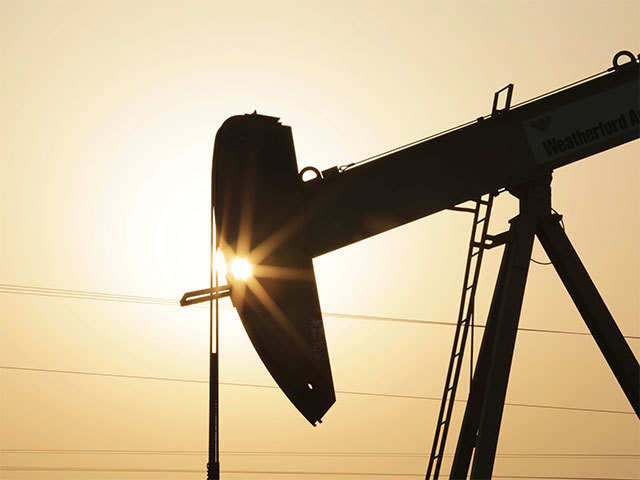Oil futures on Tuesday edged back registering one of the sharpest rallies on record on Monday following weekend attacks on major crude facilities in Saudi Arabia, which disabled some 5% of global crude output.
West Texas Intermediate crude for October delivery CLV19, -0.86% the U.S. benchmark contract, was 89 cents, or 1.4%, at $62.01 a barrel on the New York Mercantile Exchange, after the largest daily gain for the most-active contract since Sept. 22, 2008, according to Dow Jones Market Data. WTI finished Monday’s session at its loftiest level since May 21, 2019.
November Brent crude BRNX19, -1.33% edged back 84 cents, or 1.2%, to $68.18 a barrel, following the international benchmark contract’s sharpest percentage gain on record and its biggest dollar rise since June 6, 2008.
The price spikes in both Brent and WTI crude oil came after a Saturday attack on Saudi Arabia’s Abqaiq plant and its Khurais oil field, which has thrown offline an estimated 5.7 million barrels of the kingdom’s crude oil production a day. Saudi Arabia has enough oil in storage to make up the lost production for about 30 days, but it may take weeks or months to repair the damage to the processing plant and oil fields.
U.S. intelligence on Monday said evidence points to Iran as the source of the Saudi attacks, which officials from Tehran have denied. However, a somewhat softening stance from the U.S. and Saudi, in terms of military responses, may cool a run-up in crude prices, even if it takes longer for Saudi production to return online.
“I don’t want war with anybody,” said President Donald Trump on Monday, in response to questions from reporters during a press conference in the White House with the Crown Prince of Bahrain.
Those comments were in contrast to statements on Monday from U.S. Secretary of Energy Rick Perry and U.S. Secretary of State Mike Pompeo, who both definitively pointed the finger at Iran for the attack on Saudi’s energy infrastructure. Moreover, the Wall Street Journal on Monday reported that U.S. intelligence indicated that the Saudi attack originated in Iran, with a combination of a drones and missiles. Saudi officials, however, have indicated that there isn’t enough evidence to implicate Tehran definitively.
“The shock loss of 5% of global crude production has markets focused on how soon Saudi Aramco can bring back production and if we will see the US or other countries use their respective strategic reserves,” wrote Edward Moya, senior market analyst at brokerage Oanda.
“The latest update shows Saudi Aramco’s initial calculation on the damages may have been too optimistic and some customers expecting early October deliveries will likely see shipments later in the month,” he wrote.

No comments:
Post a Comment